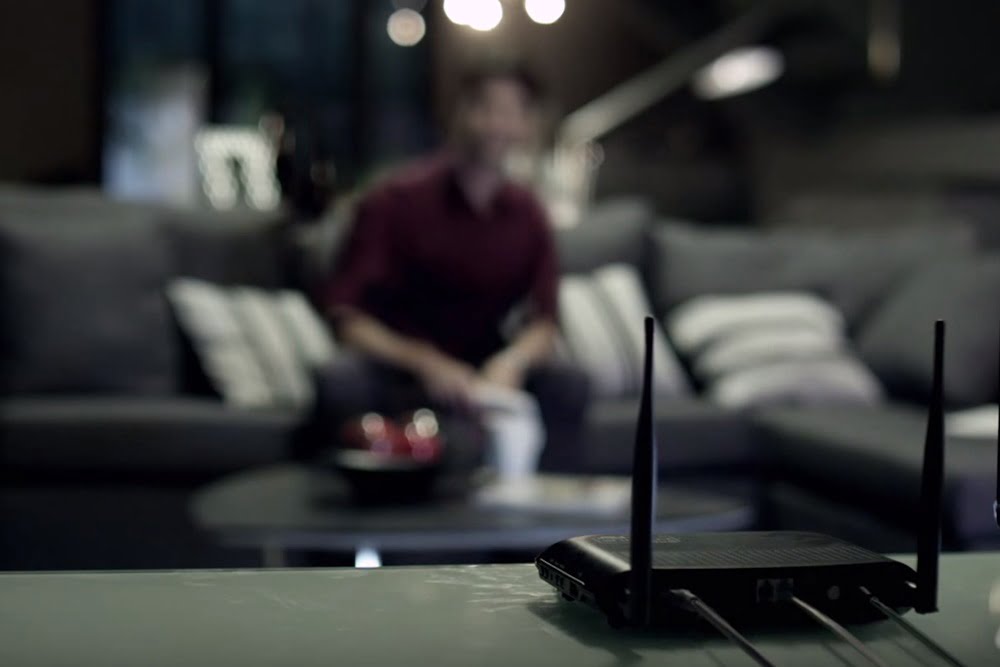As you’ve probably heard, PLDT’s fiber-to-the-home connections are now more affordable and available than ever. And while so much has been said and written about the telecom company’s fiber offerings, I feel that the subject remains in urgent need of clarification. Case in point: Some people in the local tech community, judging by their Facebook posts, have confused megabits with megabytes.
In an effort to stop the spread of misinformation, I’ve compiled a list of things you should know about PLDT Home Fibr, some of which may not be as obvious as you think.
1. Megabits, not megabytes.
The quoted speeds of Fibr connections are measured in megabits or gigabit, not megabytes or gigabyte. So, say your plan allows a maximum download rate of 50 megabits per second, expect a download speed between 5.5 and 6 megabytes, assuming conditions are favorable. Based on firsthand experience, a 50Mbps connection can finish downloading a 10GB file in about 45 minutes.
2. Your hardware must be up to scratch.
If you’re eyeing a Fibr subscription faster than 100Mbps (based on the advertised downstream, of course), be sure your hardware is up to it. Not all modems support high-speed fiber Internet, and not all modern PCs support speeds higher than 100Mbps, be it over a wired or wireless connection.
To get close to the speed of gigabit Internet, for example, PLDT recommends a wired connection between your modem and a desktop or laptop with at least 16GB of RAM. Yep. Just to reiterate: That’s sixteen gigabytes of RAM, which is many more times that of the average computer. And the starting price of a decent gigabit router? About $200 or P9,500. The upfront cost of superfast Internet does indeed seem high — even without factoring in the monthly service fee.
The quoted speeds of Fibr connections are measured in megabits or gigabit, not megabytes or gigabyte.
3. The standard PLDT Home Fibr router is gigabit-ready.
Somewhat related to the point above is the standard-issue PLDT Fibr router: a fairly large, rectangular box that provides WiFi speeds of up to 300Mbps (on the 2.4GHz band, I assume) and wired speeds of up to 1Gbps. Obviously, you’ll need better hardware for faster WiFi, assuming your subscription allows it. If that is the case, PLDT will happily set up and configure your third-party router for you. If you need assistance with accessing your router’s setup pages then there’s some helpful information on this website – www.router-reset.com.
4. PLDT Home Fibr is meant for home use.
Fibr subscriptions promise unlimited data in exchange for higher monthly premiums, but don’t let that fool you into thinking you can use your home connection for commercial purposes. I’m told PLDT tracks the bandwidth usage of Fibr users to curb instances of subscribers using the broadband service as the main source of Internet connection at cafes and other establishments, as opposed to applying for a business plan.
No worries if you aren’t using a household fiber connection to turn a profit; download (and upload) away. So go ahead, go and take a look at the home internet plans to see which one would suit you and your data usage best!
The sluggish pace at which you surf the Web may have nothing to do with your service provider.
5. External factors affect your connection speed.
As with any Internet connection, there may be instances when the advertised speeds are not reflective of real-world use. It’s unfortunate, but don’t be too quick to blame PLDT yet. Because when it comes to subpar broadband service, there are many factors to consider.
Sites that allow you to download or upload files typically limit your speed; the website you’re trying to access may be hosted in a far-off location, which can lead to latency issues; your firewall and DNS settings may also affect your throughput, among other things. The bottomline: The sluggish pace at which you surf the Web may have nothing to do with your service provider.
PLDT Home Fibr 1Gbps connection speed test
Share this Post


